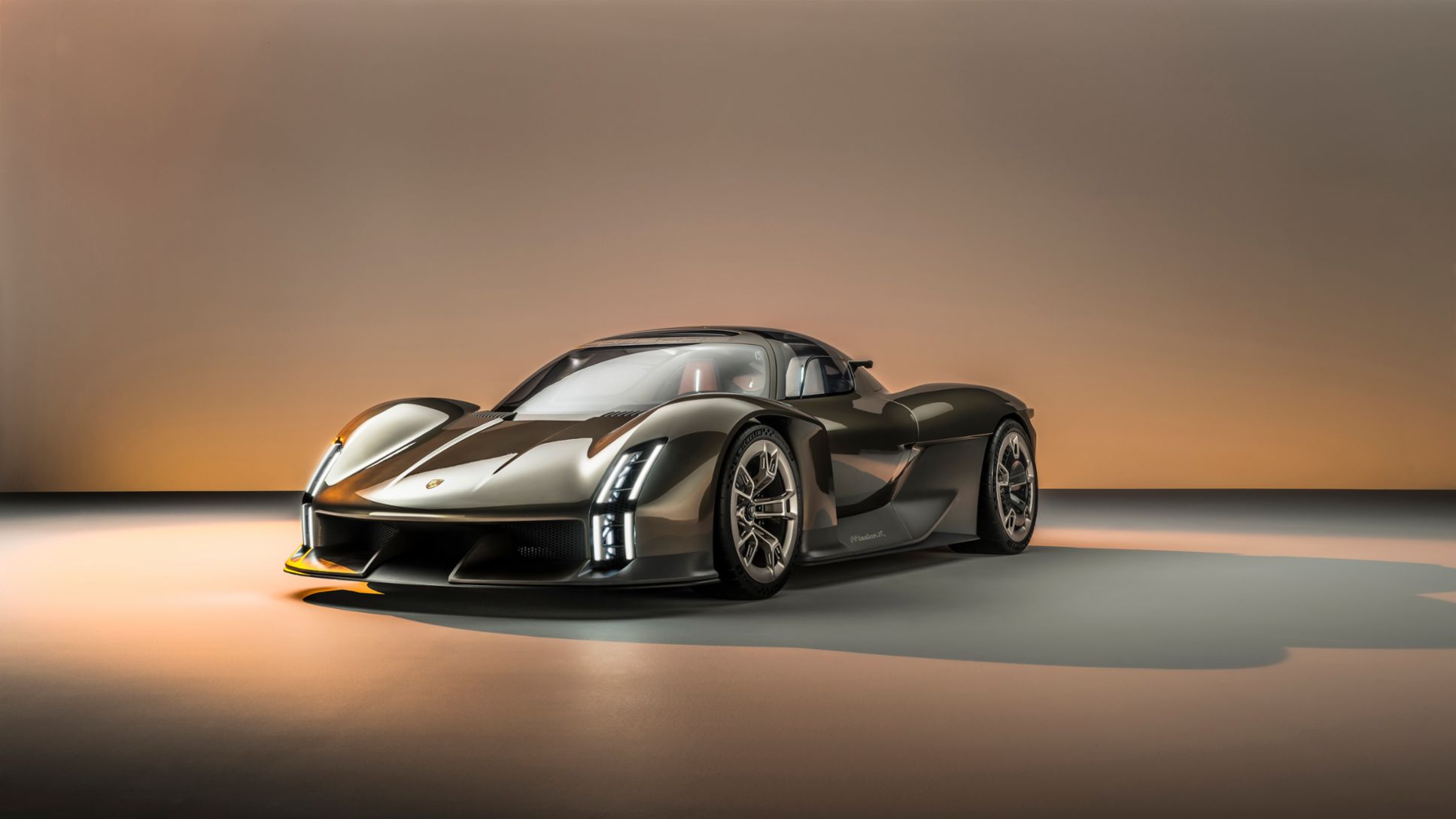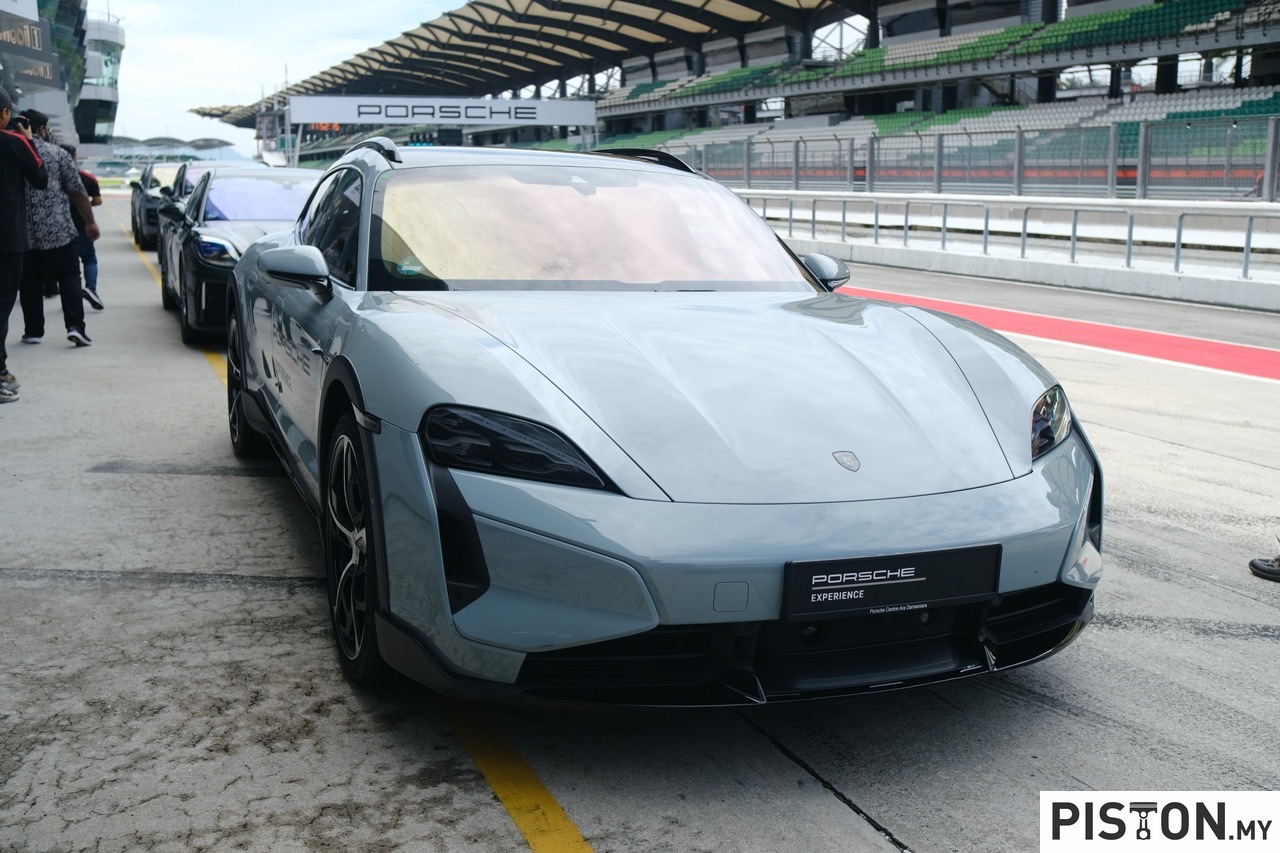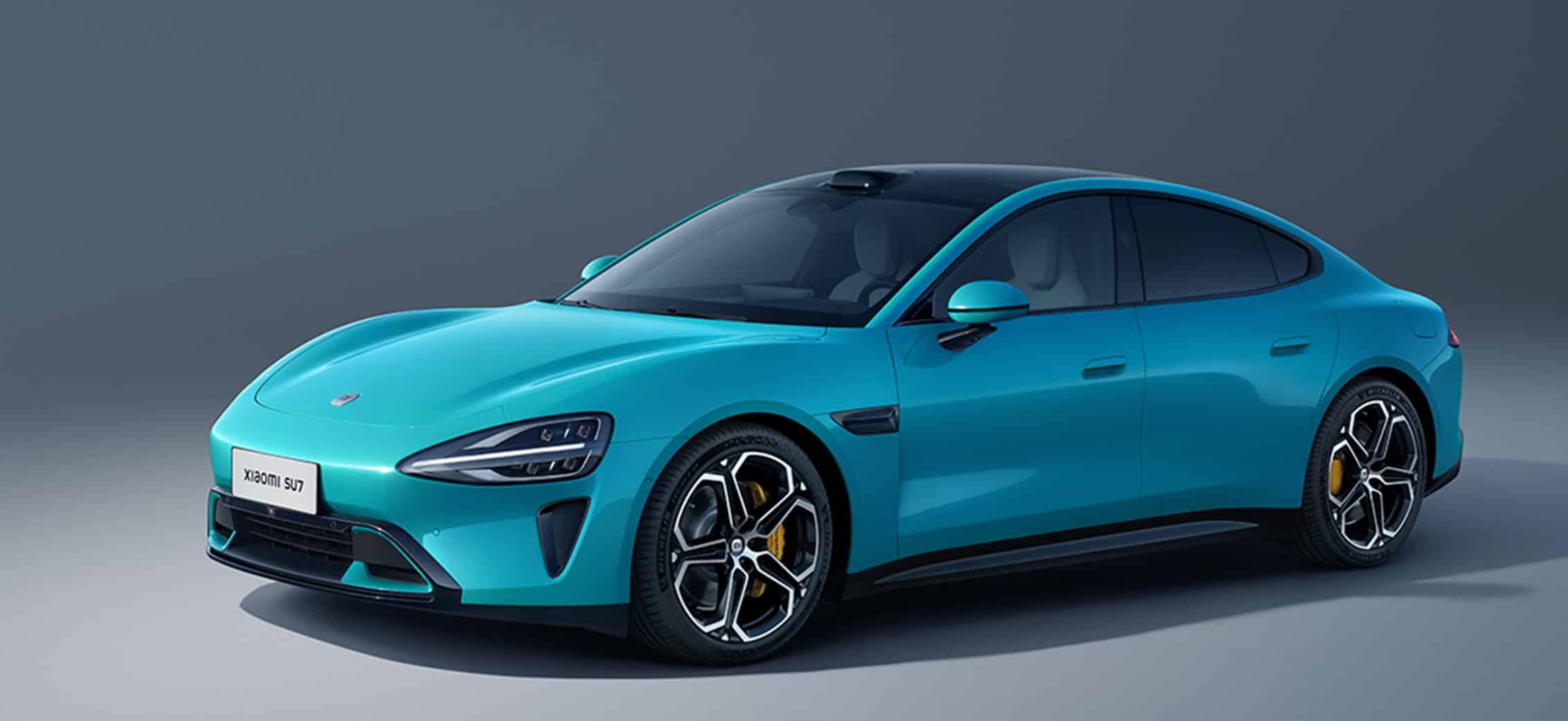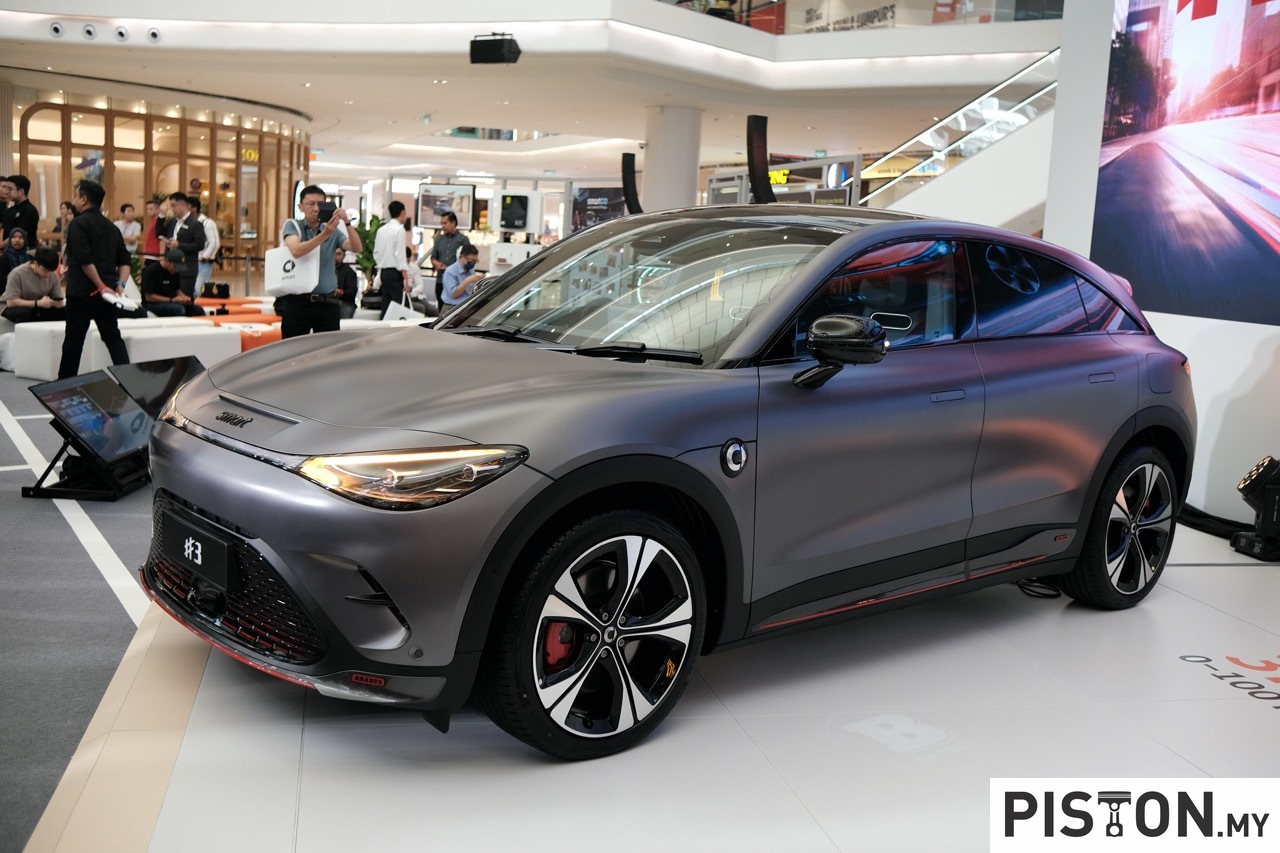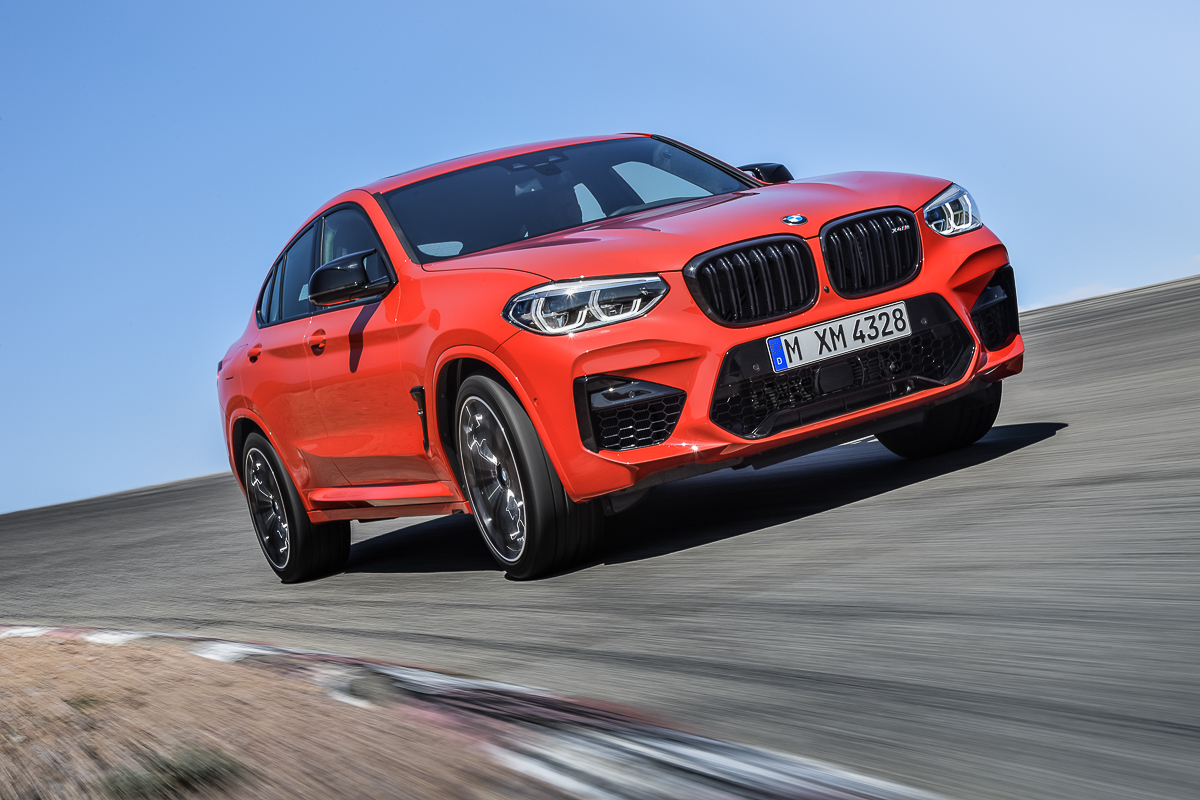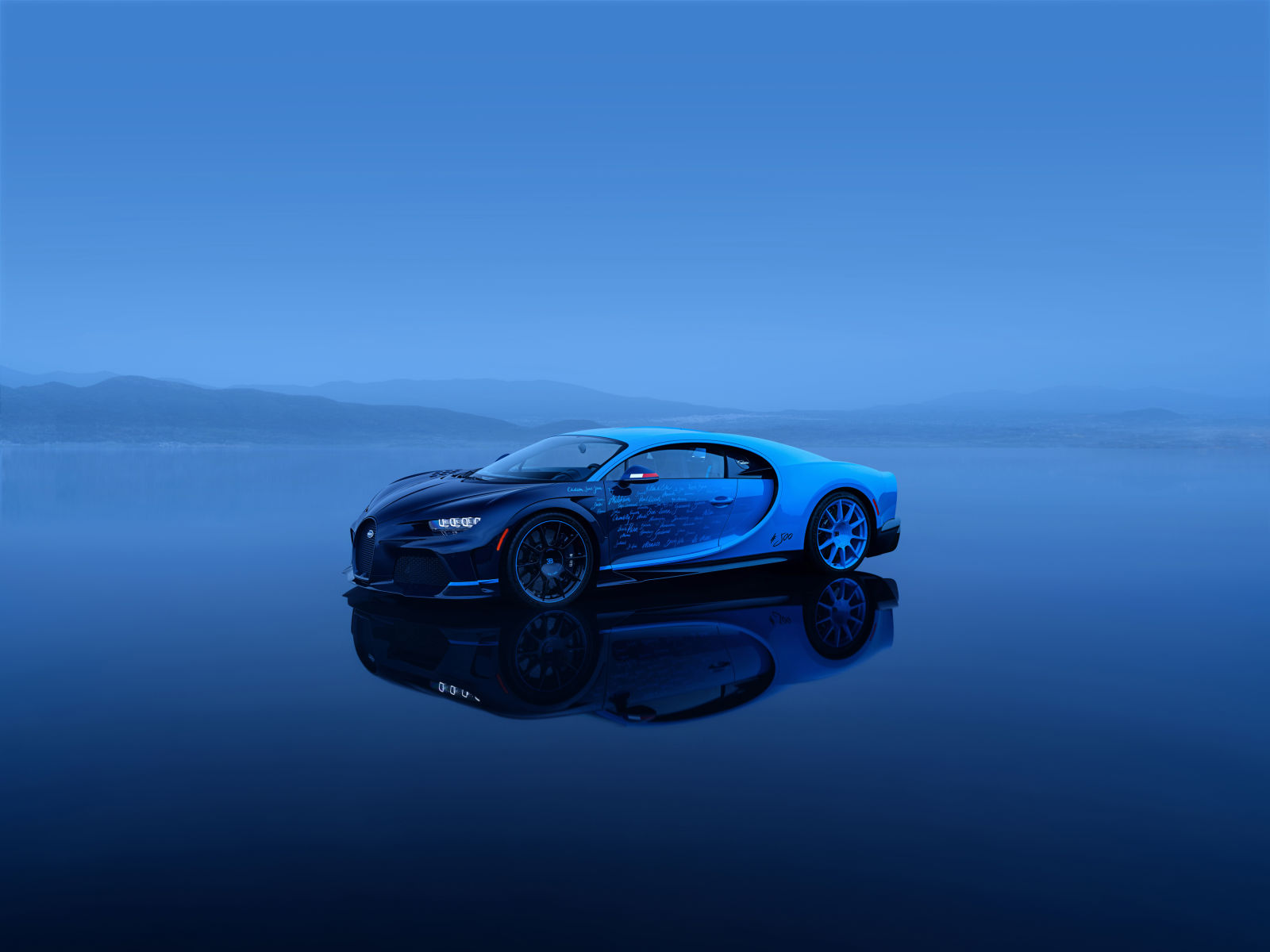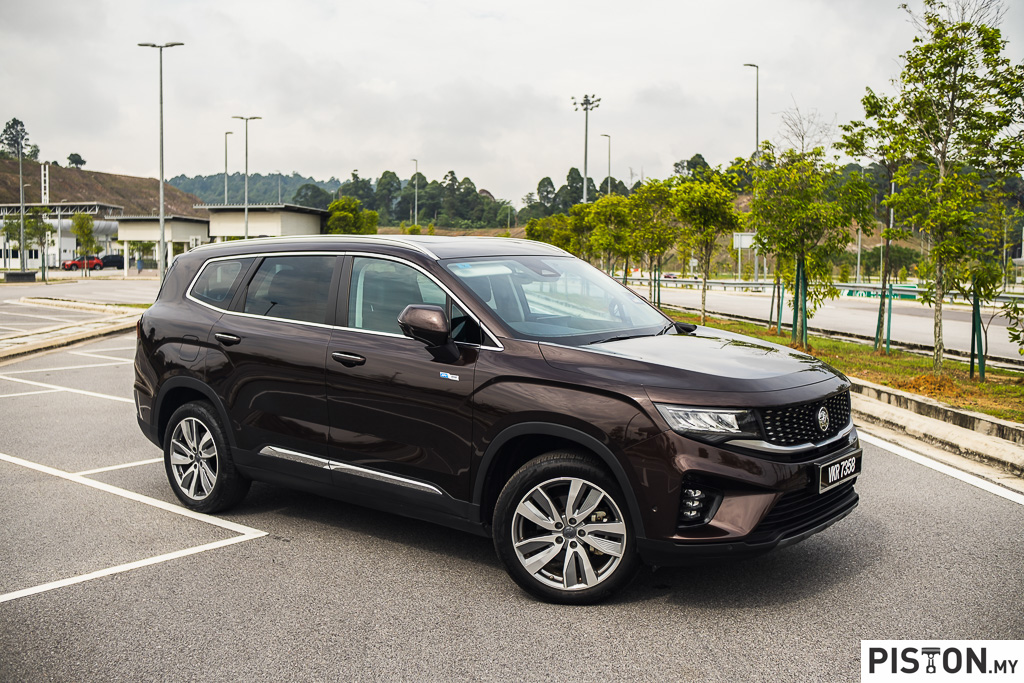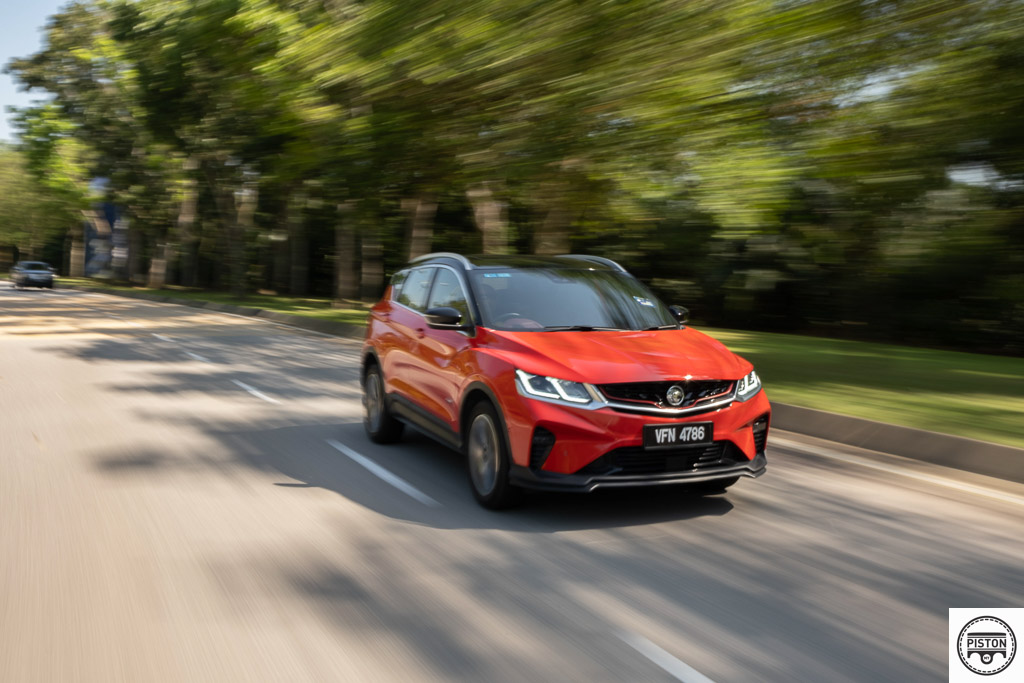The Mission X, a brand-new electric hypercar concept from Porsche, may be the fastest road-legal car to ever complete a lap of the renowned Nürburgring racetrack, according to the automaker. If it goes into production
The hypercar was displayed as part of Porsche’s 75th-anniversary commemoration of producing sports vehicles since the release of the original Porsche 356 on June 8, 1948.
The Mission X concept study is a compact hypercar, measuring around 4.5 metres long and two metres wide. Its dimensions are similar to those of the Carrera GT and 918 Spyder, with a wheelbase of 2.73 metres. The prototype car has mixed-size tyres, with 20-inch wheels in front and 21-inch wheels in back, for aerodynamic reasons.
An “exoskeleton” built of carbon fibre-reinforced plastic (CFRP) makes up the whole body of the Mission X. CFRP is a pricey but lightweight material that aids in maintaining high power-to-weight ratios. Other electric vehicles, like the Tesla Roadster and the BMW i3 and i8, have carbon fibre body panels. The Mission X’s predecessor, the Carrera GT, also has carbon fibre body panels.
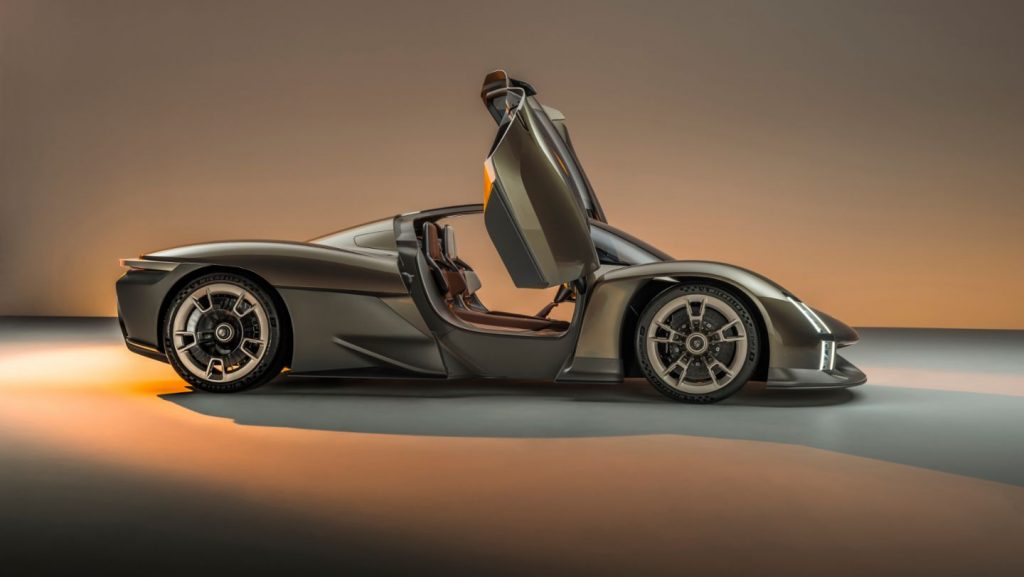
The doors are coupled to the A-pillar and the roof, and they open forward and upwards. Previously, this particular type of door was used on the iconic Porsche 917 racing car. The Mission X’s light signature, which is a new interpretation of the iconic Porsche four-point pattern, is another eye-catching feature. The headlamps’ vertical base shape, which is drawn well down towards the road, was influenced by vintage racing vehicles like the Porsche 906 and 908 in particular.
The LED light modules are framed by a cutting-edge support structure, which also displays the exposed, slender indicators and daytime running lights. The light expands like an eye blinking open when it is turned on.
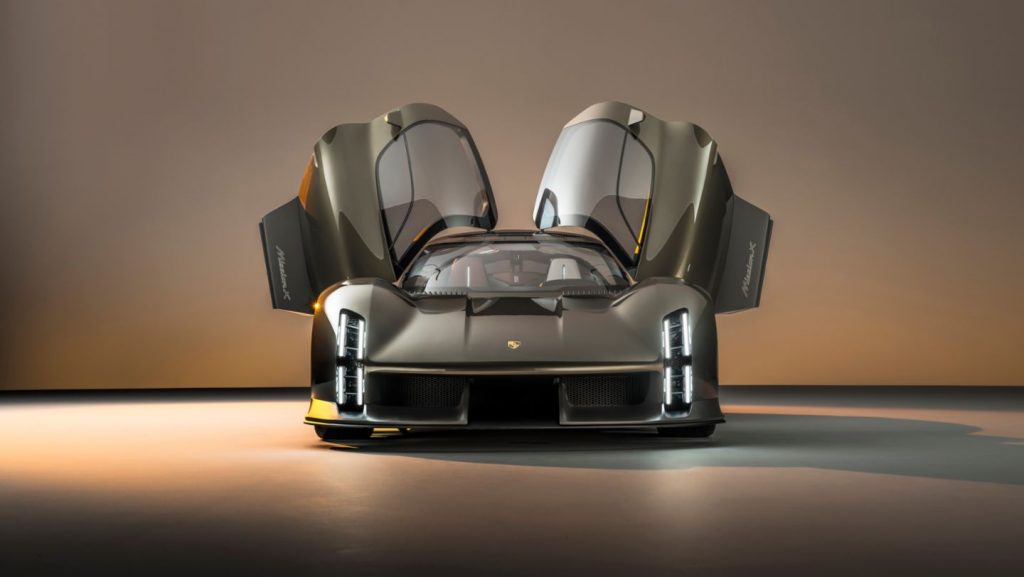
The back of the Mission X features a full-length light unit that seems to float. The distinctive element is the transparent, lighted Porsche lettering. The artistic rear light spans the entire width of the car in four segments and appears to be suspended in the air as it emerges from a contemporary support system. The Porsche lettering’s ‘E’ pulses as it charges, adding to the suspense. The exterior is finished in Rocket Metallic – a paint colour specially designed for the concept study.
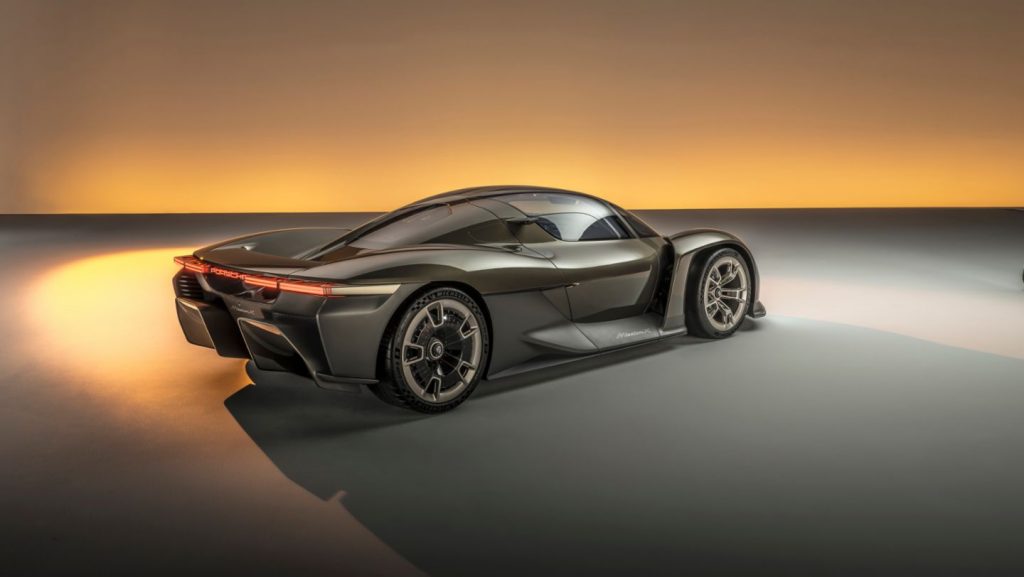
Another interesting detail is that the Mission X will be fitted with the new modernised Porsche crest.
High downforce is another essential element of racing because it helps vehicles hold to the road more effectively when doing corners at high speeds. According to Porsche, Mission X will produce more downforce than the GT3 RS – 409 kg of downforce at 200 km/h.
By switching to a 900-volt system (like that found on its earlier Mission R concept car) and doubling the Taycan’s maximum 350 kW charge rate, Porsche hopes to double that for the Mission X.
There have been plans for 600 kW and 700 kW charging in the Formula E and Electric GT racing, respectively, even though we haven’t seen road cars with more than 350 kW of power. These are the statistics Porsche would need to shoot for if it wants to make the Mission X a racing monster.
Centrally located behind the seats of the car is the battery. This “e-core layout” focuses the mass of the vehicle. This offers the basis for outstanding agility, just like with a mid-engined automobile with conventional power.
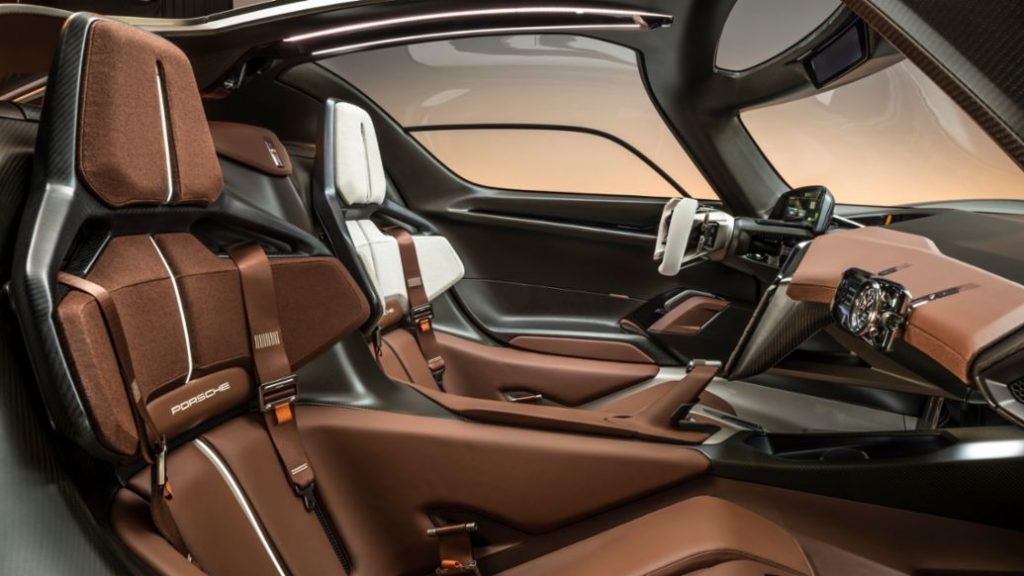
The interior is driver-focused, as indicated by the asymmetrical design and colour accents. The “yoke” steering wheel, which has an open top for visibility, mode switches, and shift paddles, is reminiscent of racing wheels. Porsche doesn’t say anything further about its gearbox.
If it were to go into production, it would become the most recent Porsche hypercar to join the illustrious history of low-production models. The Porsche 959, which was intended to be a Group B rally car and sold roughly 300 of them to the general public, was the catalyst. Then came the Carrera GT, a line of 1,500 cars considered to be among the best driver’s cars ever.
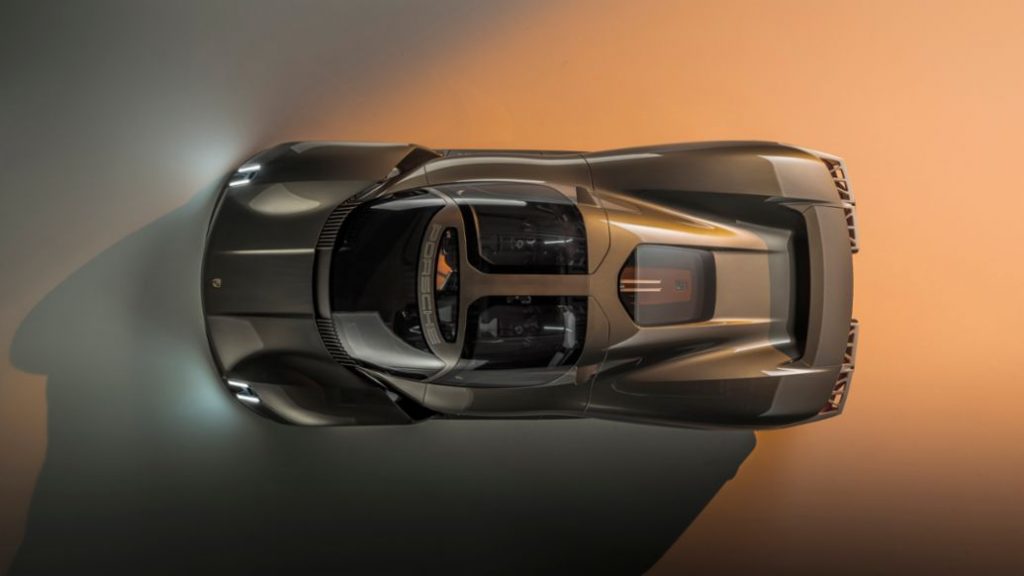
And more recently, the Porsche 918 plug-in hybrid, of which only 918 were produced, introduced electrification to the world of hypercars. At the Nürburgring, this was the first road vehicle to surpass the seven-minute barrier. The Mission X, however, provides double the relative power of its immediate predecessor because of its higher power-to-weight ratio of around 0.5 hp/kg.
Given that each of these cars demanded high pricing, we may assume that the Mission X would appeal to this market more than any of Porsche’s more mainstream mass-produced models.



